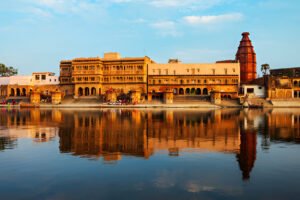Festivals in Vrindavan.
Janamashtami in Vrindavan. A musical instrument called ‘MANJEERA’ plays a crucial role in making the background music of Bhajans.(You can

A musical instrument called ‘MANJEERA’ plays a crucial role in making the background music of Bhajans.(You can check out our store for it and other collection we have.) click me!



(You can visit our store to get traditional white Kurta set for yourself and for your loved one too.) click me!
Janamashtami in Vrindavan. A musical instrument called ‘MANJEERA’ plays a crucial role in making the background music of Bhajans.(You can

Vrindavan is located in Braj Bhoomi region an authentic city in Mathura district of Uttar Pradesh, India. it holds the
© 2024 Shop Vrindavan. All Rights Reserved.
Shop Vrindavan – Designed by Serve Tech